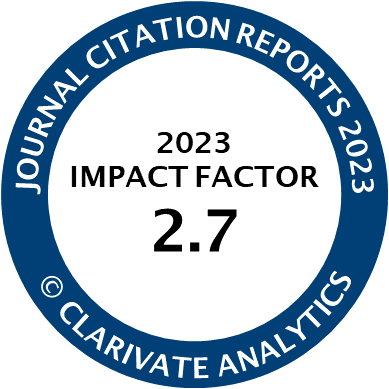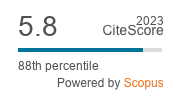Article | Open Access
Disintermediation in Social Networks: Conceptualizing Political Actors’ Construction of Publics on Twitter
| Views: | 4844 | | | Downloads: | 3124 |
Abstract: While often treated as distinct, both politics and journalism share in their histories a need for a public that is not naturally assembled and needs instead to be ‘constructed’. In earlier times the role of mediating politics to publics often fell to news media, which were also dependent on constructing a ‘public’ for their own viability. It is hardly notable to say this has changed in a digital age, and in the way social media have allowed politicians and political movements to speak to their own publics bypassing news voices is a clear example of this. We show how both established politics and emerging political movements now activate and intensify certain publics through their media messages, and how this differs in the UK, Spain and the Netherlands. When considering journalism and social media, emphasis on their prominence can mask more complex shifts they ushered in, including cross-national differences, where they have pushed journalism towards social media to communicate news, and where political actors now use these spaces for their own communicative ends. Building upon this research, this article revisits conceptualizations of the ways political actors construct publics and argues that we see processes of disintermediation taking place in political actors’ social networks on Twitter.
Keywords: journalism; networks; politics; public sphere; publics; social media; Twitter
Published:
© Scott A. Eldridge II, Lucía García-Carretero, Marcel Broersma. This is an open access article distributed under the terms of the Creative Commons Attribution 4.0 license (http://creativecommons.org/licenses/by/4.0), which permits any use, distribution, and reproduction of the work without further permission provided the original author(s) and source are credited.




